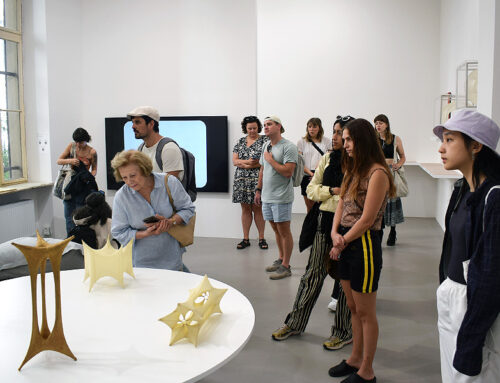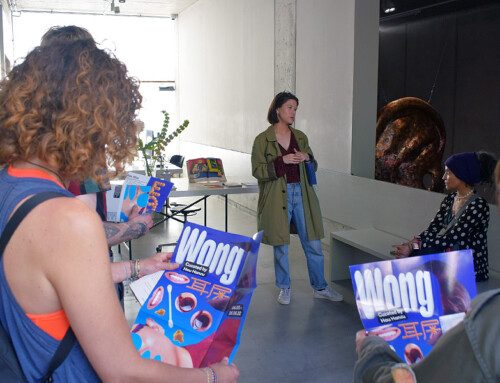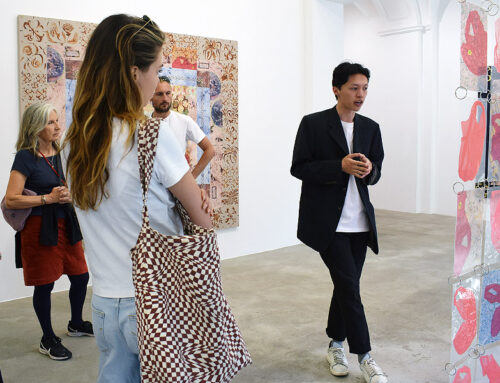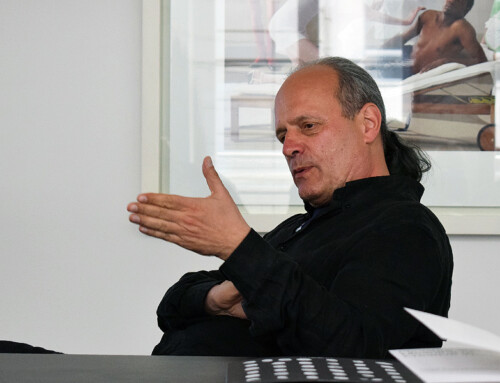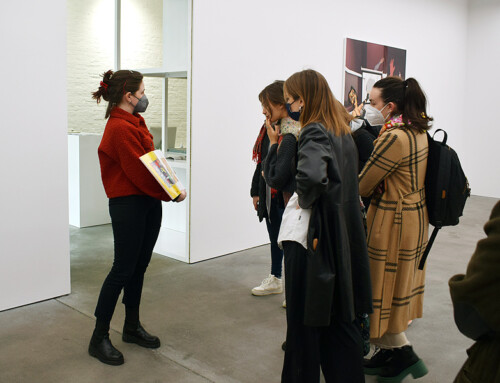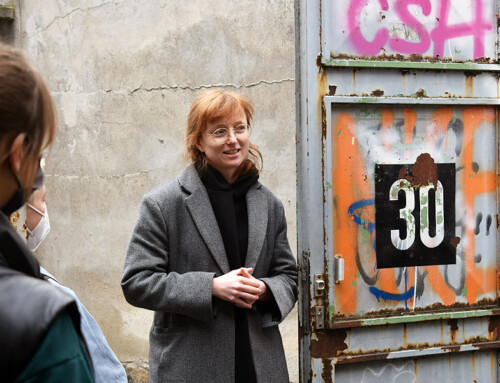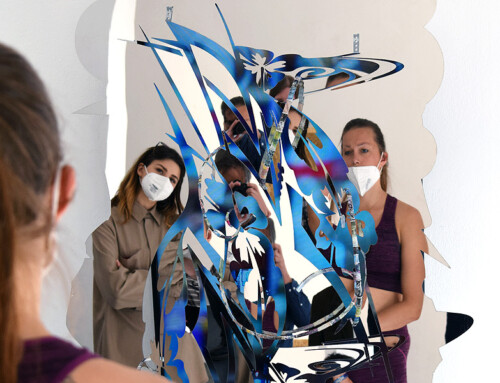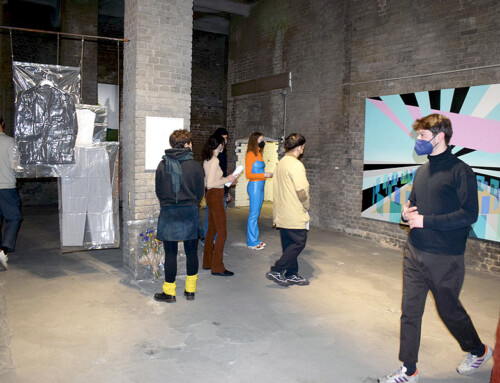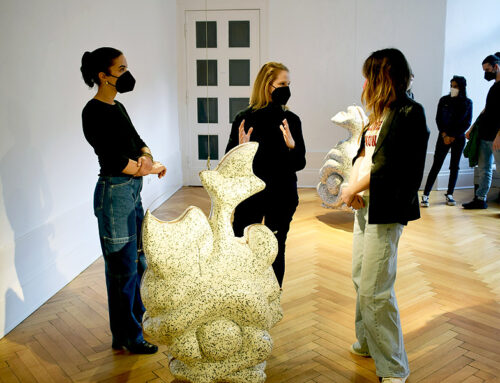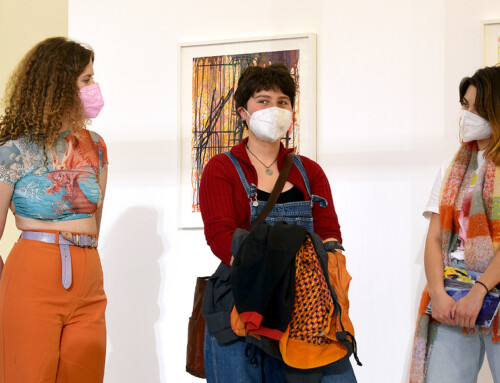December 27, 2017, 2 pm
Many thanks to the artist and BAI co-director Ralf Schmitt introducing our participants to the concept and genesis of his permanent installations “CHIEN – DEVELOPMENT (Gradual Progress)” in front of the main entrance and “ALEXIUS’ STAIRS” in the staircase landings of the hospital Alexianer St. Joseph-Krankenhaus Berlin-Weißensee.
Location: Alexianer St. Joseph-Krankenhaus Berlin-Weißensee
Address: Gartenstr.1, 13088 Berlin
“The conception of the Feng Shui Wall for the Specialty Hospital for Neurology, Psychiatry and Psychotherapy in Weißensee is based on the hexagram Chien / Development (No. 53) from the House of Keeping Still from the I Ching, the so-called Book of Changes. Placing a wall in front of an entrance is reminiscent of the Chinese courtyard-house typology of directing ch’i to Feng Shui masters, health, and architecture, e.g., Norman Foster and Steven Holl, to Tao, yin and yang, and the 8 trigrams, studied by, among others, Confucius, Wang Pi, the Jesuit priest Bouvet, Leibnitz, C.G. Jung …
The hexagram is composed of the two trigrams:
above: Sun, The Gentle, Wind, Wood
below: Kên, Keeping Still, Mountain
The individual lines of reflective/anti-glare green glass all have the gradual migration of the wild goose as an image. Neon words are mounted to the rear side of the point-fixed glass wall (from bottom to top: the shore, the cliff, the tree, the summit, the cloud heights), and above the passageway at the center: The wild goose gradually draws near the plateau.
Alternatingly, only one sentence combination is illuminated at the same time; the dimmed circuit is laid out in such a way that one position gradually disappears, while the next one is illuminated; each sentence combination lasts for around one minute, so that a contemplative impression is given in the gradual flying through the wall with light and words. At the same time, this poetic metaphor of human development and sensitivity precisely corresponds with the literary interpretation of the individual lines of the hexagram.
After passing through the Feng Shui Wall, the vestibule and the foyer, one reaches the new staircase leading to all floors. Large slides are illuminated in the 4 hollow spaces of the 2 staircase landings, each depicting 2 scenes from the life of Saint Alexius, taken from a 14th-century Hungarian picture chronicle, the Anjou Legendarium.
When mounting the stairs, one walks past these 8 colored miniatures and can view them from below like an illuminated ceiling fresco. The depictions are mainly based on the story in the Golden Legend by Jacobus de Voragine. According to the hagiography, Alexius returned to his father’s house after serving God and the poor in Edessa for 17 years. There he lived unrecognized under the staircase for 17 years until he died. In iconographical terms, he is therefore often depicted with or under a staircase.” (Text by courtesy of Ralf Schmitt)








